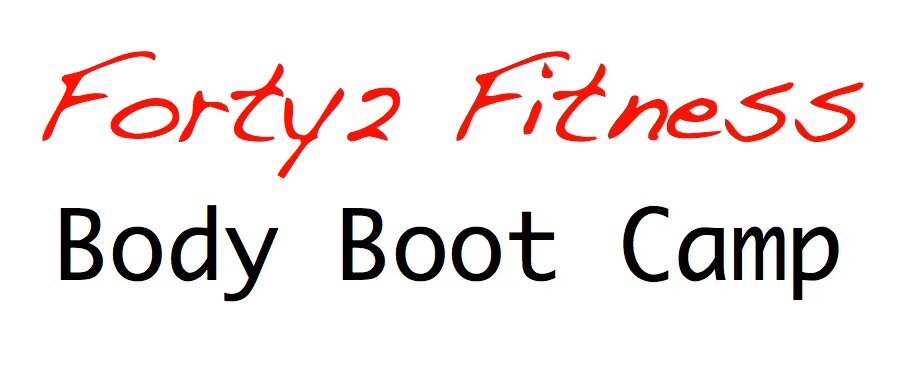3 ENERGY SYSTEMS
There are 3 main ‘Energy Systems’ that we use to produce something called ATP to power our muscles. Aerobic, Anaerobic (or Lactic Acid) and the CP (Creatine Phosphate) systems.
AEROBIC
Aerobic powers the low level or easy exercise, for instance walking or a slow jog. This produces a lot of energy but takes a bit of time to do so but that’s ok because we aren’t using it up quickly.
ANAEROBIC
Anaerobic starts to kick in when we ramp up the intensity a bit, a faster run (or a jog for someone who isn’t used to it) or some more intense strength work which gets the heart rate up a bit. This produces energy a bit quicker but not as much is produced so you can’t keep this level up for as long as when using just the aerobic system. In resistance training this is where the lactic acid burn starts to be felt!
CP
Then there is the CP which is the fast, explosive exercise fuel. A sprint up the stairs, a javelin throw, really heavy weight lifting. This produces energy really quickly but not much so it runs out quickly too.
So basically, easy, harder and power. Or walking on the flat, walking/jogging up stairs and sprinting up stairs. You can walk for hours on the flat, you would tire more quickly and need to take a break after a while if walking up stairs and you would definitely slow down or even stop after sprinting up stairs.
It’s worth mentioning that they aren’t exclusive to each other so while you are running and the anaerobic system has kicked in, the aerobic system is still working there in the background as well.
HOW TO USE THE 3 ENERGY SYSTEMS IN YOUR TRAINING
It’s a good idea to regularly use all 3 in your training as that helps your body push those boundaries and you will find that the run that used to be a killer, now is a little easier or you manage to run the same distance in a shorter time.
Runners often do 3 runs a week: Long Slow run (1 hour or longer), a Tempo run (mid distance at a harder pace, 30-40 mins) and Sprints or Hill Intervals (quick sprints of around 10 seconds or until you feel yourself start to slow) about 20 mins total with lots of recovery between sprints.
For maximum fat burning HIIT (High Intensity Interval Training) is very effective. Combining short cardio intervals with a recovery between paired with Resistance (or strength) training. There are lots of different ways to do this and this is where we mainly train at bootcamp. Spending most of the workout using the Anaerobic system with a few forays into the CP zone and of course in the warm up and cool down we return to the aerobic zone.
The graph below shows how the 3 systems cross over and how performance, (i.e. speed of running), decreases over time as we use up the initial store and faster CP and Anaerobic systems and fall back to Aerobic. Of course if you stop to recover, think hill sprints, you can sprint again but you need the time for your body to replenish its energy stores.



